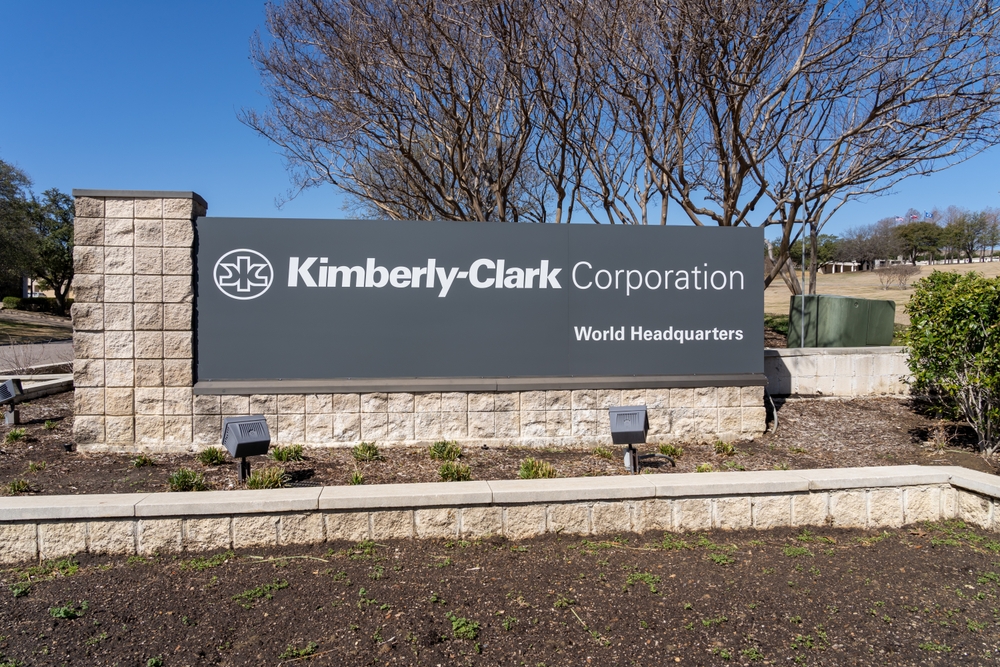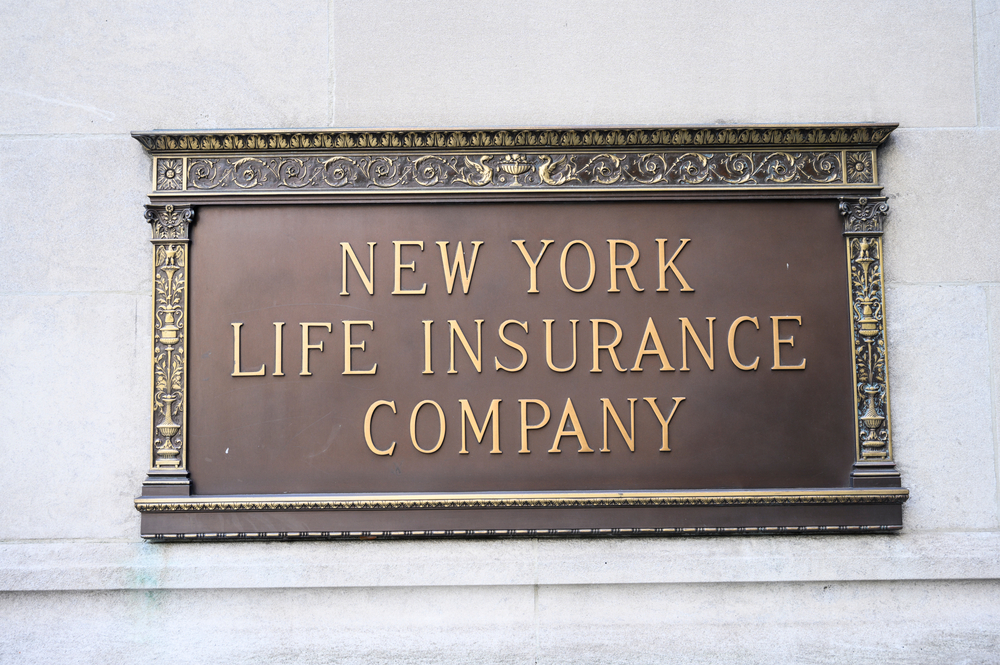America is home to some of the oldest and most established companies in the world, many of which have been around for centuries. These businesses have stood the test of time, adapting to changing markets and evolving industries. From historic brands in food and insurance to long-running plantations and manufacturers, they offer a glimpse into America’s economic evolution. In this article, we explore some of the oldest companies in the U.S., highlighting their founding stories, growth, and enduring legacies.
The J.M. Smucker Company

Founded in 1897 by Jerome Monroe Smucker, The J.M. Smucker Company has grown from a small fruit business in Orrville, Ohio, into a leading producer of packaged food and beverages. Initially, it made apple butter, and his business quickly expanded after inventing a way to seal fruit preserves in jars. Today, its headquarters is still based in Orrville, and its portfolio includes iconic brands such as Jif, Folgers, and Smucker’s. Over the years, it has expanded its product line through acquisitions, solidifying its place in the food industry. It remains a family-controlled corporation, with the Smucker family still holding significant influence. Its financial strength and brand recognition are a testament to its enduring legacy. Even with new food trends, its ability to innovate while maintaining its core products has helped it remain relevant for over a century.
Kimberly-Clark Corporation

Kimberly-Clark was founded in 1872 by John A. Kimberly and Charles B. Clark in Neenah, Wisconsin. Initially, the company started as a paper manufacturer, producing newsprint, and later expanded into consumer products. Its innovations led to the creation of products such as Kleenex tissues, Huggies diapers, and Scott toilet paper, which became household names. Its headquarters is located in Irving, Texas, where it operates multiple manufacturing facilities worldwide. Its impact on the consumer products industry is significant, as its brands are found in millions of homes across the globe. Its continued success stems from its ability to expand into new markets and adapt to the changing needs of consumers, particularly in health and hygiene products. Despite the challenges of competing with both large corporations and private label brands, it has maintained its industry leadership through consistent product quality and innovation.
Brown-Forman Corporation

Brown-Forman, founded in 1870 by George Garvin Brown in Louisville, Kentucky, is one of the oldest and most successful distilled spirits companies in the world. Originally known for producing Old Forester bourbon, it expanded its portfolio to include brands like Jack Daniel’s, Finlandia vodka, and Woodford Reserve bourbon. Its headquarters remain in Louisville, and it has grown to operate in more than 170 countries. It is particularly known for its commitment to quality and consistency, making its products some of the most recognizable in the spirits industry. Despite the volatility of the alcohol industry, it has managed to stay relevant by constantly innovating and expanding its product offerings. Over the years, it has embraced sustainability efforts, such as using renewable energy and reducing waste in production. Its ability to combine tradition with modern trends has ensured its place as a leader in the global spirits market.
Levi Strauss & Co.

Founded in 1853 by Levi Strauss, this iconic company has been at the forefront of denim fashion for over 170 years. Strauss, a German immigrant, opened a dry goods store in San Francisco during the California Gold Rush, where he began selling durable pants to miners. His invention of denim jeans with copper rivets for durability became a cultural phenomenon, leading to the founding of Levi Strauss & Co. in 1853. Headquartered in San Francisco, it revolutionized the fashion industry, making denim a staple in both workwear and casual attire. Despite being primarily known for jeans, it expanded into other clothing categories, including shirts, jackets, and outerwear. It also became a leader in sustainability, focusing on reducing water usage in its manufacturing processes. Today, it continues to be one of the most recognized brands worldwide, known for both its innovation and commitment to preserving its historical legacy.
The Hershey Company

Founded in 1894 by Milton S. Hershey, The Hershey Company is one of the most recognizable names in the chocolate industry. It started by creating the Lancaster Caramel Company, which he later sold to focus on manufacturing milk chocolate products. After relocating to Hershey, Pennsylvania, he built the Hershey Chocolate Factory and eventually transformed the town into a company town designed for his employees. Its headquarters remain in Hershey, where it operates multiple chocolate manufacturing plants. Over time, it expanded its product line beyond chocolate to include snacks, beverages, and other confectionery items. Its commitment to social responsibility is evident through initiatives like the Hershey Foundation, which supports education and community programs. Its success has not only come from its strong brand loyalty but also from its strategic acquisitions of other brands like Reese’s, making it a dominant player in the global confectionery market.
New York Life Insurance Company

New York Life was founded in 1845, making it one of the oldest and most established life insurance companies in the United States. Initially, it was incorporated under the name “The Nautilus Insurance Company” before being rebranded as New York Life in 1849. With headquarters still located in New York City, it remains a major player in the insurance industry, offering life insurance, annuities, and long-term care insurance. It played a significant role in the development of the insurance market in the U.S., becoming one of the largest mutual life insurers in the country. It has consistently maintained a strong financial standing, thanks in part to its conservative management style and commitment to its policyholders. It remains fully mutual, meaning it is owned by its policyholders rather than shareholders. This structure has allowed the company to focus more on its customers’ long-term needs and less on quarterly earnings.
The Hartford

Founded in 1810 in Hartford, Connecticut, The Hartford Insurance Company has built a legacy of providing high-quality insurance products to individuals and businesses. Originally founded as The Hartford Fire Insurance Company, it grew rapidly during the 19th century as one of the leading insurance providers in the U.S. Today, it offers a range of services including personal, commercial, and employee benefits insurance. Its longevity is attributed to its solid financial standing and its ability to adapt to market changes, especially during times of economic uncertainty. Its headquarters remains in Hartford, Connecticut, where it has maintained a prominent presence in the insurance industry. In recent years, it has embraced technological innovations, including digital platforms to enhance the customer experience. By focusing on customer satisfaction and maintaining a diverse range of services, it remains a major player in the insurance sector.
Colgate-Palmolive

Colgate-Palmolive traces its origins to 1806, when William Colgate founded his starch, soap, and candles business in New York City. Initially operating under the name William Colgate & Company, it became known for producing high-quality soaps and products for personal care. By 1896, it merged with Palmolive-Peet Company, a leading manufacturer of soap, to form Colgate-Palmolive. Its headquarters are now in New York, where it continues to lead the personal care and household product industry. Today, it is known globally for its products such as Colgate toothpaste, Palmolive dishwashing liquid, and Hill’s Pet Nutrition. Despite its century-long presence in the market, its commitment to sustainability and innovation has allowed it to stay ahead of competitors. Its ability to evolve with changing consumer needs, such as shifting toward eco-friendly packaging, has helped it remain relevant in the modern marketplace.
Cigna

Cigna, originally founded in 1792 as the Insurance Company of North America (INA), is one of the oldest and largest health services organizations in the world. It began as a life insurance provider and slowly expanded its offerings to include health insurance, accident coverage, and other related services. Based in Bloomfield, Connecticut, it now operates globally, with a significant presence in both the U.S. and international markets. Its growth came in part from mergers and acquisitions, including the merger with Connecticut General Life Insurance Company in 1982, which led to the modern Cigna name. Today, it provides health insurance, dental, vision, and other wellness services to millions of customers. Despite the ever-changing landscape of healthcare, it has maintained its position as a major player in the industry by consistently adapting its products. It continues to focus on improving the health and well-being of its members, with a growing emphasis on digital health initiatives.
Shirley Plantation

The Shirley Plantation, founded in 1613 in Charles City, Virginia, is the oldest active plantation in the United States and one of the oldest family-run businesses in America. Established by the Hill family, it has been continuously owned and operated by the same family for over 400 years. Originally focused on tobacco farming, it adapted to changes in agriculture over the centuries, including the introduction of various crops like corn and wheat. It is now a historical site that offers guided tours, focusing on its role in early American history and its connections to colonial Virginia. It is also known for its beautifully preserved architecture, including the Shirley House, a mansion that dates back to 1723. Today, the Hill family still operates the plantation, combining history with modern farming methods. It has become a symbol of American endurance, preserving its legacy while adapting to contemporary agricultural and tourism needs.
This article originally appeared on Rarest.org.
More from Rarest.org
20 Exotic Birds in Danger of Disappearing from Our World

Exotic birds are among the most vibrant and unique species on our planet. However, many of these stunning creatures are at risk of vanishing forever. Habitat destruction, climate change, and illegal poaching have contributed to their dwindling populations. Read More.
10 Oldest Rodeos in the World

Rodeos are more than just thrilling competitions—they’re a celebration of Western heritage and cowboy traditions that have shaped communities for over a century. Many of the world’s oldest ones began as local events, bringing together ranchers and cowhands to show off their skills and share stories. Read More.
14 Enigmatic Islands with Unexplained Features

Islands hold an air of mystery, often shrouded in legends and unexplained phenomena. Some islands, however, go beyond typical intrigue, puzzling explorers and scientists alike. These enigmatic landforms have baffled visitors with strange artifacts, ancient ruins, and unexplained features that defy logical explanation. Read More.
